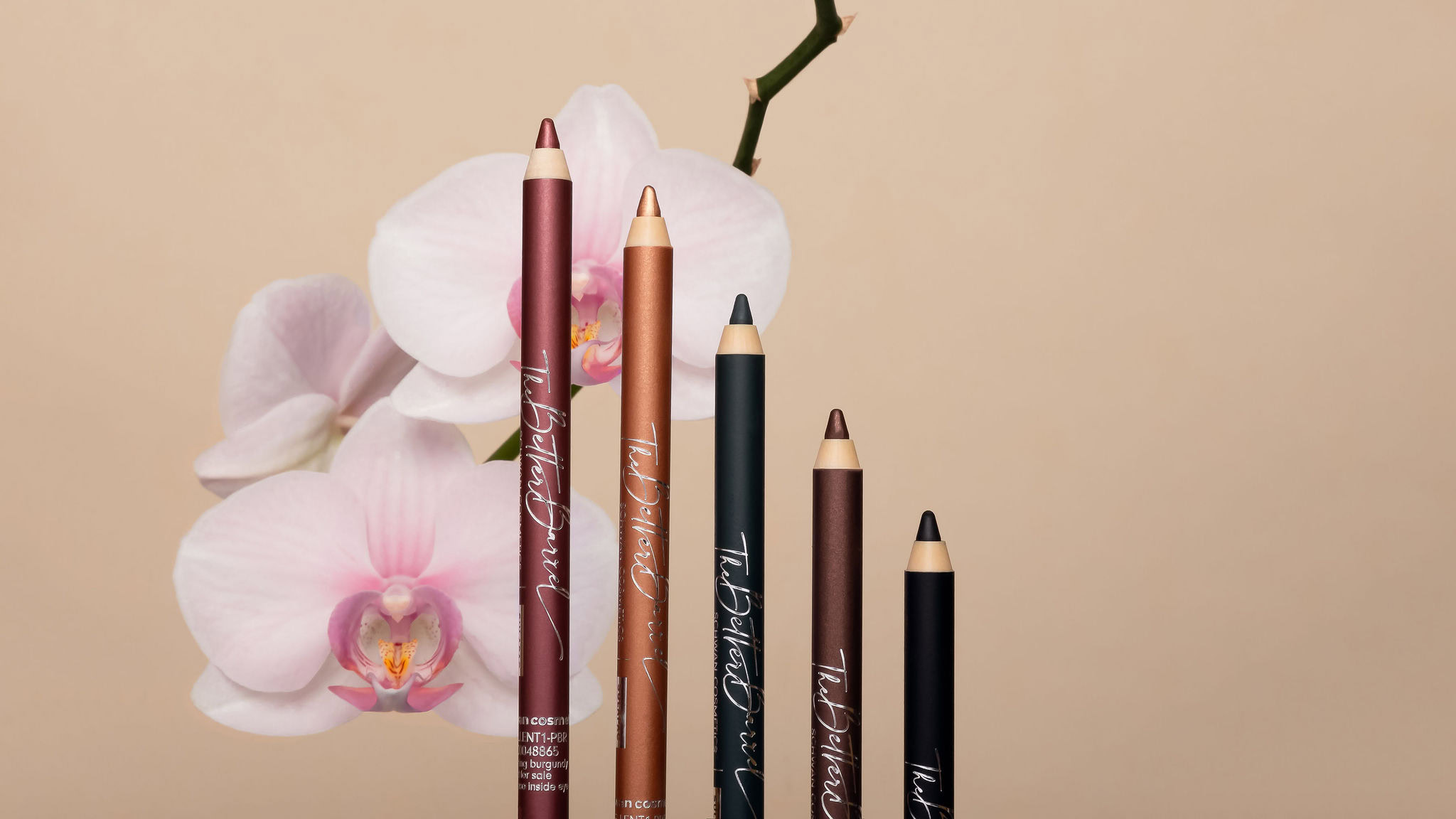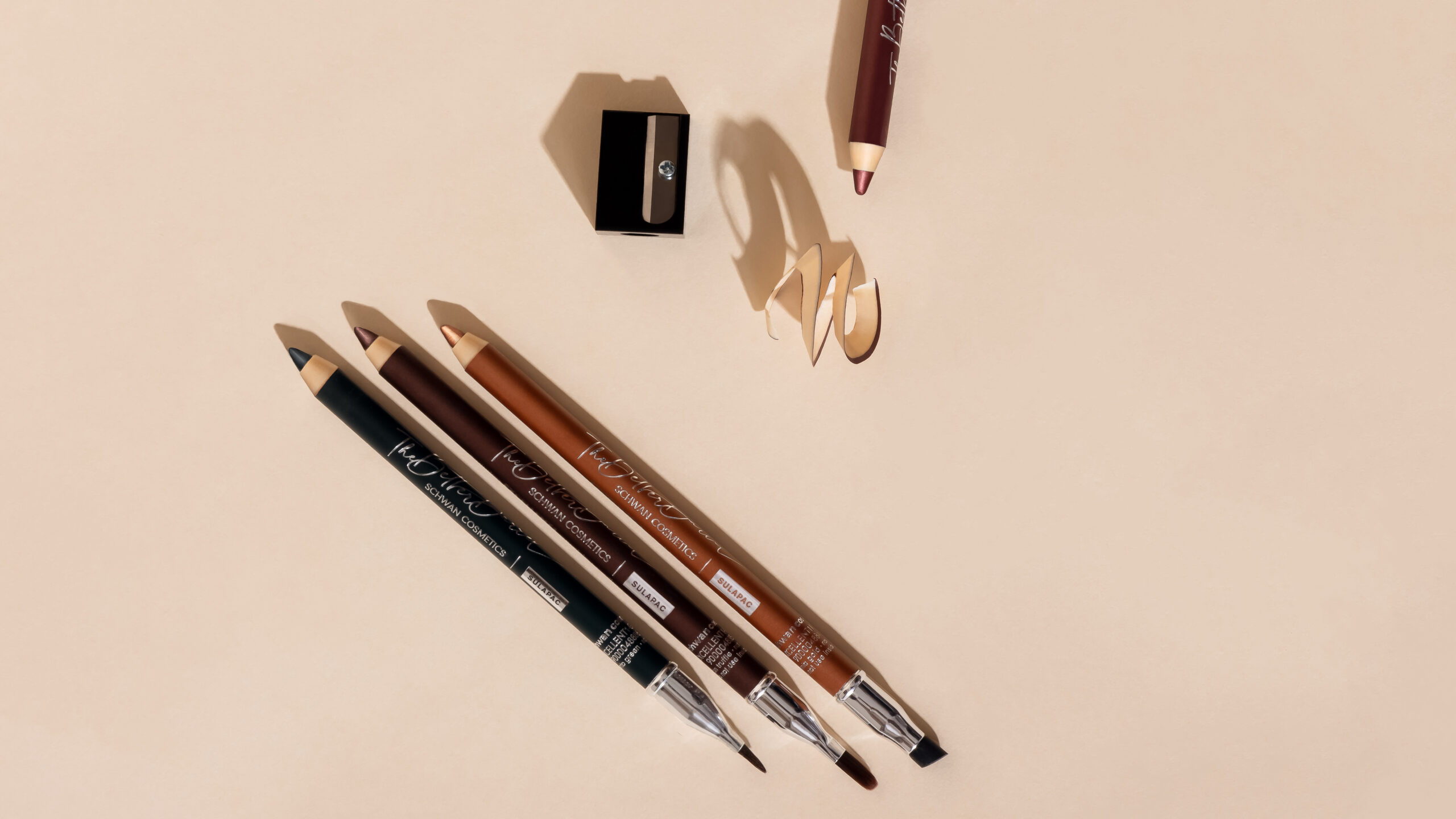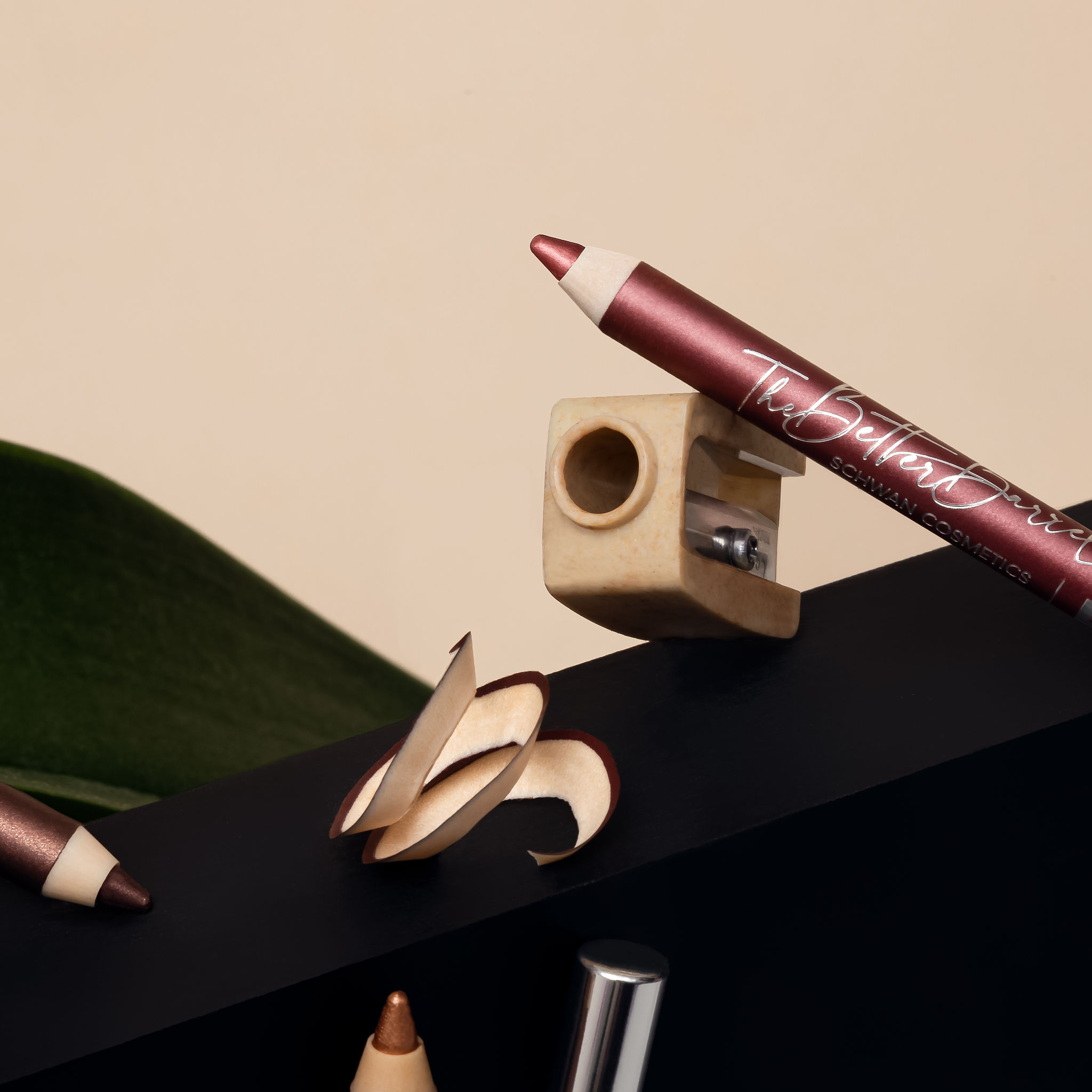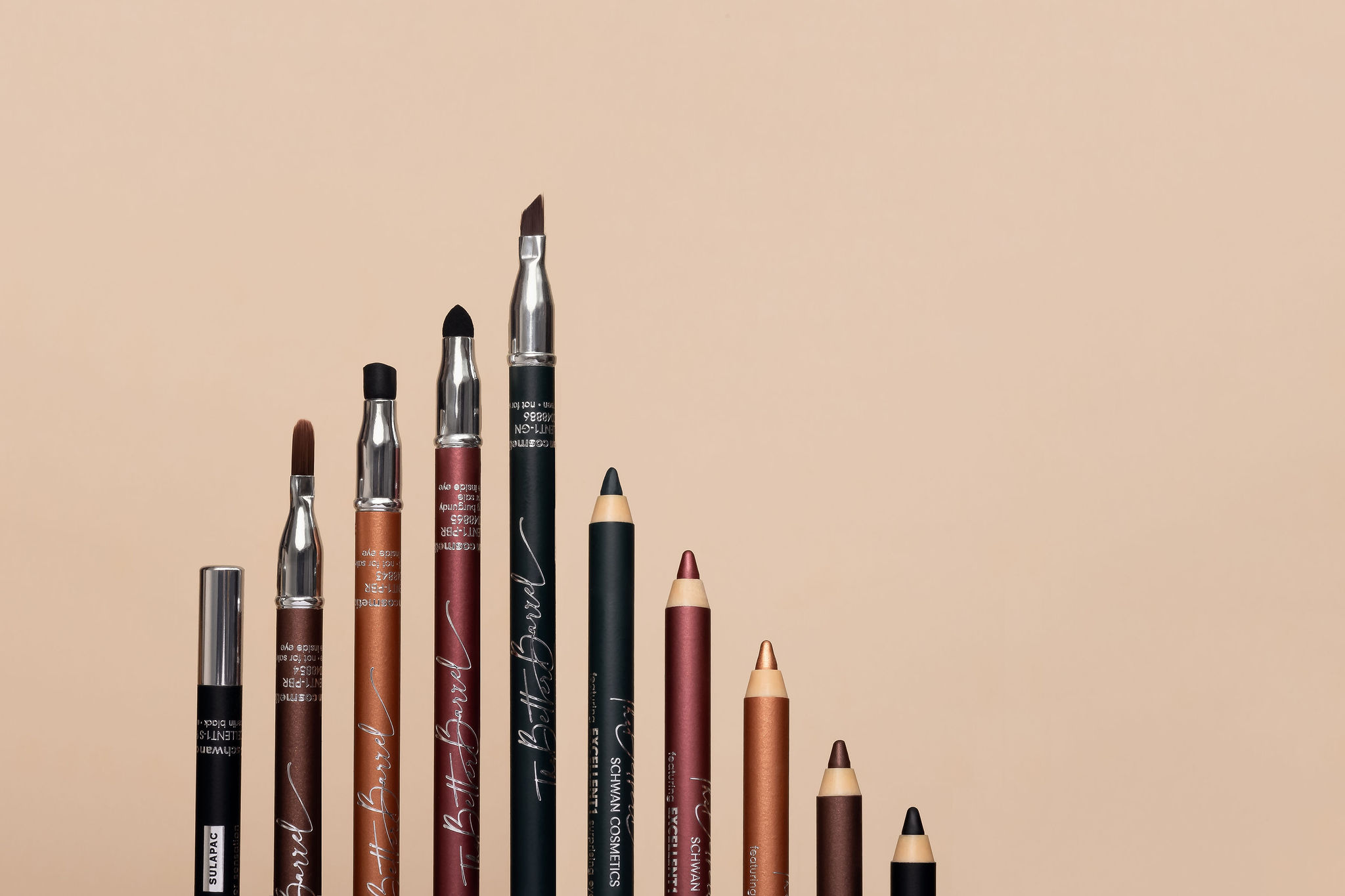An eco-friendly makeover for cosmetic pencils—Sulapac Flow 1.8 redefines sustainable beauty
The beauty industry thrives on innovation. Yet, one stubborn challenge remains: breaking free from fossil-based plastic. Take the increasingly popular cosmetic pencil: it relies heavily on conventional plastic barrels that outlive the makeup inside them. The challenge? Finding sustainable alternatives that perform as flawlessly as plastic ones. This is where Sulapac Flow 1.8 comes in—a bio-based extrusion material that delivers the performance of plastic without the environmental cost.

Cosmetic pencils, or make-up pens if you will, are staples in beauty routines for good reason. They’re portable, precise, and easy to use, delivering everything from that perfect winged eyeliner to defined lips and eyebrows. No wonder the market for cosmetic pens and pencils is thriving, projected to reach USD 5 billion by 2031.
This growth is driven by an ever-expanding range of new formulations and applications, coupled with the continued rise of e-commerce. Modern consumers gravitate toward practical, multi-functional beauty products that fit their fast-paced lifestyles, while social media influencers continuously create new trends.

The environmental impact of plastic cosmetic pens and pencils
Over the years, plastic cosmetic pencils have become a popular alternative to traditional wooden pencils, offering both sharpenable and mechanical options. While less prone to breakage than wooden ones, and compatible with also the more advanced and sensitive formulas, plastic pencils are environmentally problematic.
Their production relies on non-renewable resources, while their everyday use contributes to microplastic pollution—both during sharpening and after disposal. Many consumers are unaware that each time a plastic cosmetic pencil is sharpened, it releases permanent microplastics into the environment.
Traditional wooden pencils, on the other hand, face their own challenges. Complex makeup formulations can degrade inside wooden casings, as wood’s moisture-absorbing properties can alter product consistency.
Urgent need for sustainable alternatives
The global plastics crisis is escalating—with an estimated 20 million metric tons of plastic litter ending up in our environment annually and breaking down into microplastics. The plastics industry is the fastest-growing source of industrial greenhouse gases in the world and is estimated to account for almost 20% of the global carbon budget by 2040.
Styrene-based materials such as ABS, which are commonly used in cosmetic pencils, worsen this crisis. They rely on fossil fuels, have a high carbon footprint, contain toxic substances, are more or less impossible to recycle, and contribute significantly to microplastic pollution.
To address these challenges, it’s crucial for the beauty industry to shift toward more sustainable alternatives. Bio-based and biodegradable materials present the only path forward.

Why Sulapac Flow 1.8 is the perfect solution for sharpenable cosmetic pens
Sulapac Flow 1.8 is a bio-based and biodegradable extrusion material designed specifically for the needs of cosmetic pen manufacturers. It’s a low-carbon, toxin-free alternative to conventional plastic that meets the cosmetic industry’s strict requirements for performance, safety, and durability. Whether sharpened, incinerated, or disposed of, this food contact quality material leaves no harmful residues or permanent microplastic pollution behind. Sulapac Flow 1.8 offers a significant environmental advantage by reducing the carbon footprint by closer to 50% compared to styrene type of materials.
The material features fine wood flour, giving it a natural feel while the unique combination of raw materials ensures a smooth extrusion process. Unlike pure wood, which absorbs moisture and can compromise cosmetic formulations, Sulapac Flow 1.8 also contains biopolymers to ensure airtight protection for the makeup inside. Optimized for easy sharpening, it can be used in high-end sharpenable cosmetic pencils aiming for that first-class user-experience.
And the best part? It’s a drop-in solution – meaning it can be processed using existing plastic extrusion equipment, making the transition from ABS to Sulapac effortless for manufacturers.
Maximising recycled content
With the PPWR introducing strict requirements on the use of recycled content in packaging, new solutions to replace virgin materials are needed. Unlike fossil-based alternatives such as ABS, which lack recycled options, Sulapac Flow 1.8 has received the SCS Global Services certification for recycled content. The material is available with over 50% recycled biopolymers from post-consumer and post-industrial sources (based on mass-balance credit method).
In addition to recycled content, the wood flour used in Sulapac Flow 1.8 is sourced from industrial side streams, a byproduct of wood processing, and is available as FSC Mix Credit (Sulapac FSC licence code FSC-C158142). While side streams are not classified as recycled content under ISO 14021:2016, the wood in Sulapac Flow 1.8 can be considered a second-generation material. This makes it an ideal choice for brands aiming to reduce their reliance on first-generation feedstocks.
Sulapac is also conducting a cradle-to-gate plus end-of-life carbon footprint analysis to further quantify the material’s full environmental benefits.

Why beauty brands are taking notice
Sulapac has been innovating sustainable materials for the cosmetics industry already since 2016. Renowned brands such as Schwan Cosmetics, CHANEL, Lumene, and Shiseido have incorporated Sulapac materials into their packaging, from bio-based pencil barrels to lids, jars, and packaging inserts.
Sulapac Flow 1.8 helps beauty brands stay ahead in a market shaped by eco-conscious Gen Z consumers. Combining sustainability, safety, and performance, the material helps cosmetic brands sharpen their pencils—and their sustainability game.
Ready to make a change? Learn more about Sulapac’s planet-friendly materials for the beauty industry and join us in creating a greener future. Contact our sales team to find out more!